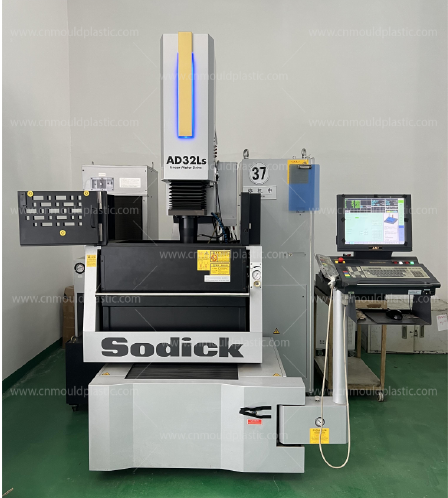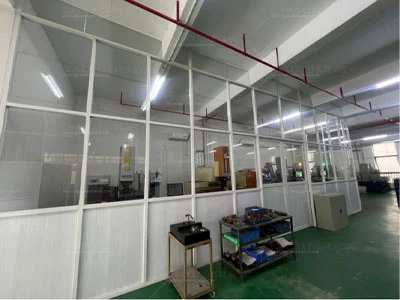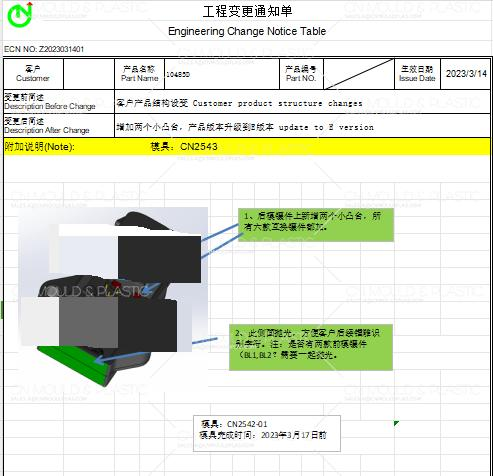The inspection and testing of mold materials can be broadly classified into two categories: one is the microstructure test, including macrostructure test, microstructure test, grain size test, etc.; the other is the material test, also known as the mechanical test, which includes hardness test, tensile test, wear test, etc.

The JIS standards have two regulations for the inspection of chemical composition: the liquid steel analysis method for steel materials (JIS G0320) and the product analysis method for steel materials and its allowable deviation values (JIS G0321). The liquid steel analysis method involves sampling and analyzing the non - solidified liquid steel after it is poured from the ladle into the ingot mold. The liquid steel analysis results recorded in the factory certificate (factory performance sheet or inspection sheet) attached to the steel materials when they leave the factory are the data obtained by this method. An analysis value report is generated for each smelting, representing the average chemical composition of the liquid steel in the same furnace. After the small - sized analysis sample is sampled and solidified, it is analyzed by methods such as the spectral line analysis method.
The product analysis method analyzes the samples cut from rolled or forged products. The analysis values of products may differ from the liquid steel analysis values due to segregation, and there are also differences between analysis samples. Therefore, the steel material standards stipulate the range of values that exceed the upper and lower limit values of the specified liquid steel analysis.
1). Macrostructure Inspection (JIS G 0553)
This method involves cutting a sample from the cross - section of the steel material, grinding it, and then corroding it with hydrochloric acid, ammonium cupric chloride, nitric acid alcohol, nitric acid aqueous solution, etc. After that, organizational defects such as dendritic crystals, ingot patterns, central segregation, porosity, pitting, bubbles, and inclusions are judged by the naked eye. The surface roughness value of the observed surface usually needs to reach Ra30 - 3.5μm (the arithmetic mean deviation of the profile evaluated in JIS B 0601).
2). Fracture Observation
There is no corresponding regulation in the JIS standards. This is a method of observing with the naked eye after making a notch at the target part and forcibly breaking it. The starting point and direction of cracking can be inferred from the texture of the fracture, and the grain size and inclusions can be identified.
There is also a cross - section observation method, the Scanning Electron Microscope (SEM) method. It is not used in the material manufacturing stage, and here is a brief introduction for reference. The SEM method involves placing the observation sample in an electron microscope for electron beam scanning, and then analyzing it by using the secondary electrons and backscattered electrons excited thereby. It can clearly observe the uneven fracture. Using SEM for fracture observation is helpful for analyzing the failure mode and cause.
3). Microstructure Observation
There is no corresponding regulation for the microstructure observation method in JIS. It refers to the method of observing with an optical microscope and an electron microscope. A sample is cut from the target part, and it can be embedded in a resin holder for grinding as needed. After grinding to about 1000#, fine abrasives such as diamond paste are used for polishing, and then different etching solutions are selected according to the steel type for corrosion to reveal the microstructure. For mold steel, nitric acid alcohol solution and picric acid alcohol solution can be used for corrosion.
Generally, an optical microscope is used for observation in the range from a low magnification of about 100 times to a maximum of 1000 times.
4). Microscopic Test Method for Non - Metallic Inclusions (JIS G 0555)
It is inevitable that non - metallic inclusions remain in steel, but if the size is too large or the number is too many, the mechanical properties and mirror surface quality will decrease. The degree of reduction of inclusions is called purity.
This method is used to measure the non - metallic inclusions in rolled or forged products with a forging ratio of 3 or more under a microscope by referring to the standard diagram. In addition, as evaluation indicators for inclusions, there is the grade evaluation that characterizes the distribution pattern of inclusions with a chart index, and there are also inclusion thickness parameters divided into thin series and thick series for evaluating the thickness.
5). Microscopic Measurement Method for Grain Size (JIS G 0551)
This is a microscopic test method used to measure the ferrite or austenite grain size in steel. The ferrite grain size is applicable to carbon steel with w(C) < 0.25% or ferritic stainless steel.
The austenite grain size is the grain size that appears when heated above Ac3, Ac1, or Am. Usually, after the structure is revealed by an etching solution, it is measured by referring to the grain size standard diagram or using a scale mounted on the eyepiece of an optical microscope. Steel with a measured grain size grade of 5 or above is fine - grained steel, and that with a grade less than 5 is coarse - grained steel. Mixed grains refer to the situation where, in the same field of view, there are grains with a grain size grade difference of more than 3 levels from the dominant grain size grade and occupying an area of more than 20%, or the grain size grade difference between different fields of view exceeds 3 levels.
There are also methods expressed by the number of grains passed through or captured by straight and curved test lines or the number of intersection points with grains.
6). Other Methods
In the regulations related to mold materials, there are also regulations such as the macro test method for surface scratches (JIS G 0556) and the method for measuring the depth of the decarburized layer (JIS G 0558).

